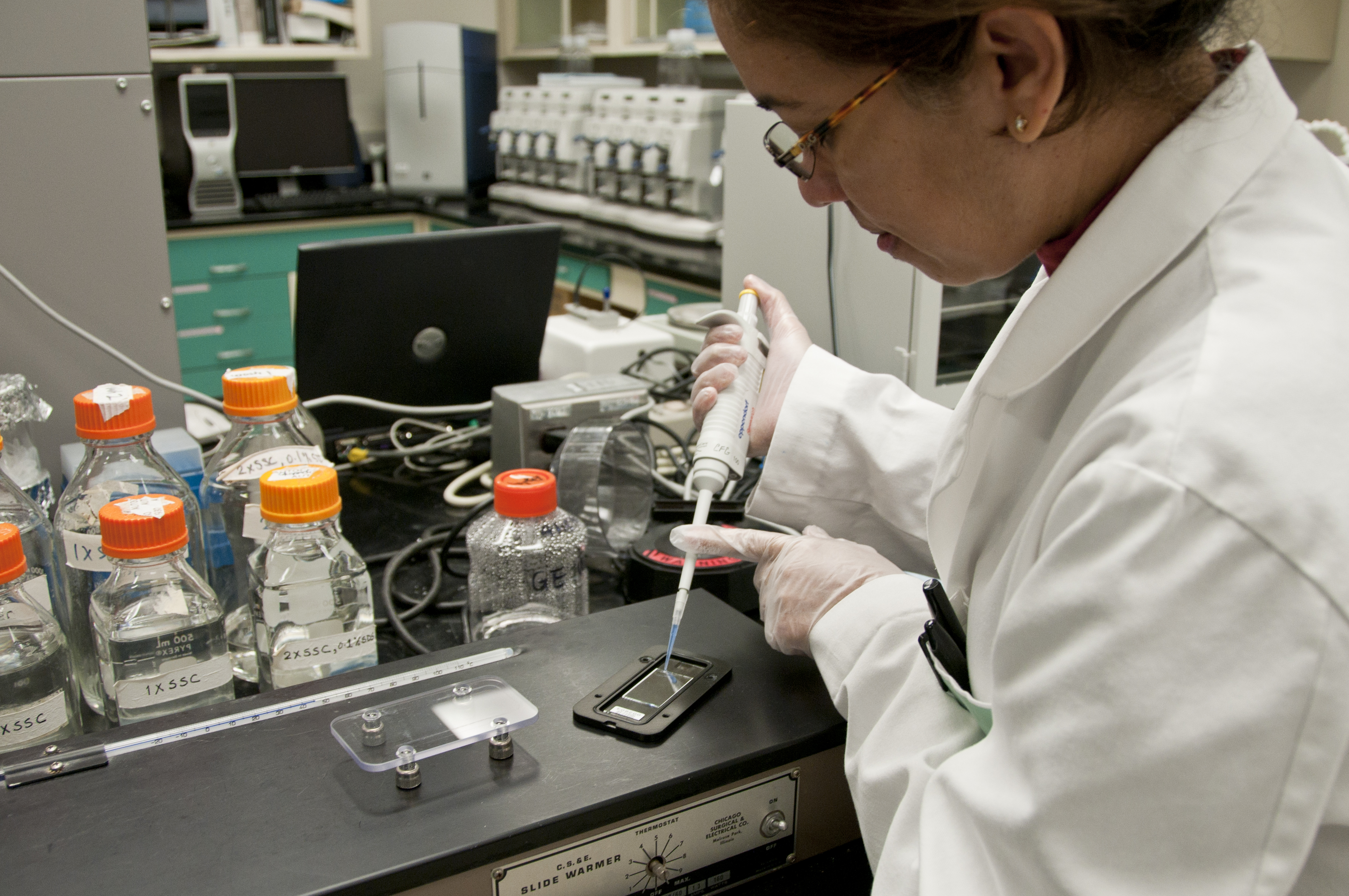
Photo from academic.microsoft.com
Despite their well reported potent risk towards human health and environment Zinc oxide nanoparticles (ZnONPs) find an extensive commercial usage due to their antimicrobial properties. Here, we evaluated the efficacy… Click to show full abstract
Despite their well reported potent risk towards human health and environment Zinc oxide nanoparticles (ZnONPs) find an extensive commercial usage due to their antimicrobial properties. Here, we evaluated the efficacy of a natural triterpene ursolic acid (3β-hydroxy-urs-12-en-28-oic acid; UA) for overcoming the cytotoxic challenges of ZnONPs employing Ceanorhabditis elegans. The 24h LC50 of Zn-ONPs (<50nm TEM) was deduced as 4.75mgL-1. UA (25μM) was observed to defend against this toxicity by attenuating Reactive Oxygen Species (ROS) resulting into better survival at 2mgL-1 in a time dependent behavior. However, reproductive health remains compromised. Our study identifies UA as a natural inducer of metallothionein proteins along with antioxidant potential. We demonstrate that UA induces upregulation of predominantly antioxidant genes, including the superoxide dismutases (sod-1, sod-5 and sod-3), glutathione S-transferase 7 (gst-7), heat shock protein (hsp-16.2) along with the metal exposure responsive metallothionein (mtl-1 and mtl-2). Moreover, UA also restores elevated transcript levels of gst-4 during ZnONPs stress conditions to normal by directly scavenging ROS owing to its own antioxidant potential. Altogether, the toxic aspects of NPs that can be avoided compensated or postponed by supplementation of phytochemical(s) in biological system underscore their potential implications in near future.
Journal Title: Environmental toxicology and pharmacology
Year Published: 2017
Link to full text (if available)
Share on Social Media: Sign Up to like & get
recommendations!